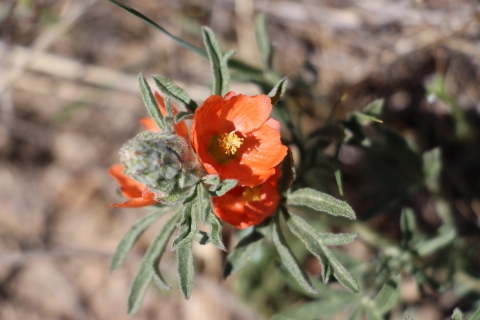Visit Us
Lake Mason National Wildlife Refuge (NWR) lies within the boundaries of the Charles M. Russell Wetland Management District in central Montana. Both are a part of the Charles M. Russell National Wildlife Refuge Complex. Lake Mason Refuge consists of three separate tracts of land: Lake Unit, Willow Creek Unit, and North Unit. Each unit of the Refuge is open to hunting, wildlife observation, and photography.
Location and Contact Information
About Us
Lake Mason National Wildlife Refuge is one of four unstaffed satellite National Wildlife Refuges (NWRs) in central Montana that lie within the boundaries of the Charles M. Russell Wetland Management District (WMD). Both the Refuge and the WMD are part of the Charles M. Russell NWR Complex, headquartered in Lewistown, Montana.
The three units that comprise Lake Mason NWR - Willow Creek Unit, North Unit, and Lake Unit (including the lake) combine to make this Refuge 13,589 acres. Each unit has unique individual traits, as well as similarities. Vegetation across all units generally consists of a mixture of mixed-grass prairie (western wheatgrass, bluebunch wheatgrass, needle and thread grass, and prairie junegrass) with sagebrush sagebrush
The western United States’ sagebrush country encompasses over 175 million acres of public and private lands. The sagebrush landscape provides many benefits to our rural economies and communities, and it serves as crucial habitat for a diversity of wildlife, including the iconic greater sage-grouse and over 350 other species.
Learn more about sagebrush and greasewood scattered across each unit. Wetlands associated with the units, particularly the Lake Unit, are generally shallow but are very productive for waterfowl, wading birds, and shorebirds. All Refuge units provide habitat for resident game species including pronghorn, elk, mule deer, greater sage grouse, sharp-tailed grouse, and gray partridge. All units are of particular importance to many species of grassland nesting birds. Black-tailed prairie dog colonies present on some units provide habitat for mountain plovers and burrowing owls.
What We Do
The overall management goal at this Refuge is to promote biological diversity and maintain the natural abundance of native plants and wildlife. Science is the foundation upon which conservation decisions are made. We use research, monitoring, and the best-available science to inform our work to conserve fish, wildlife, plants, and their habitat.



